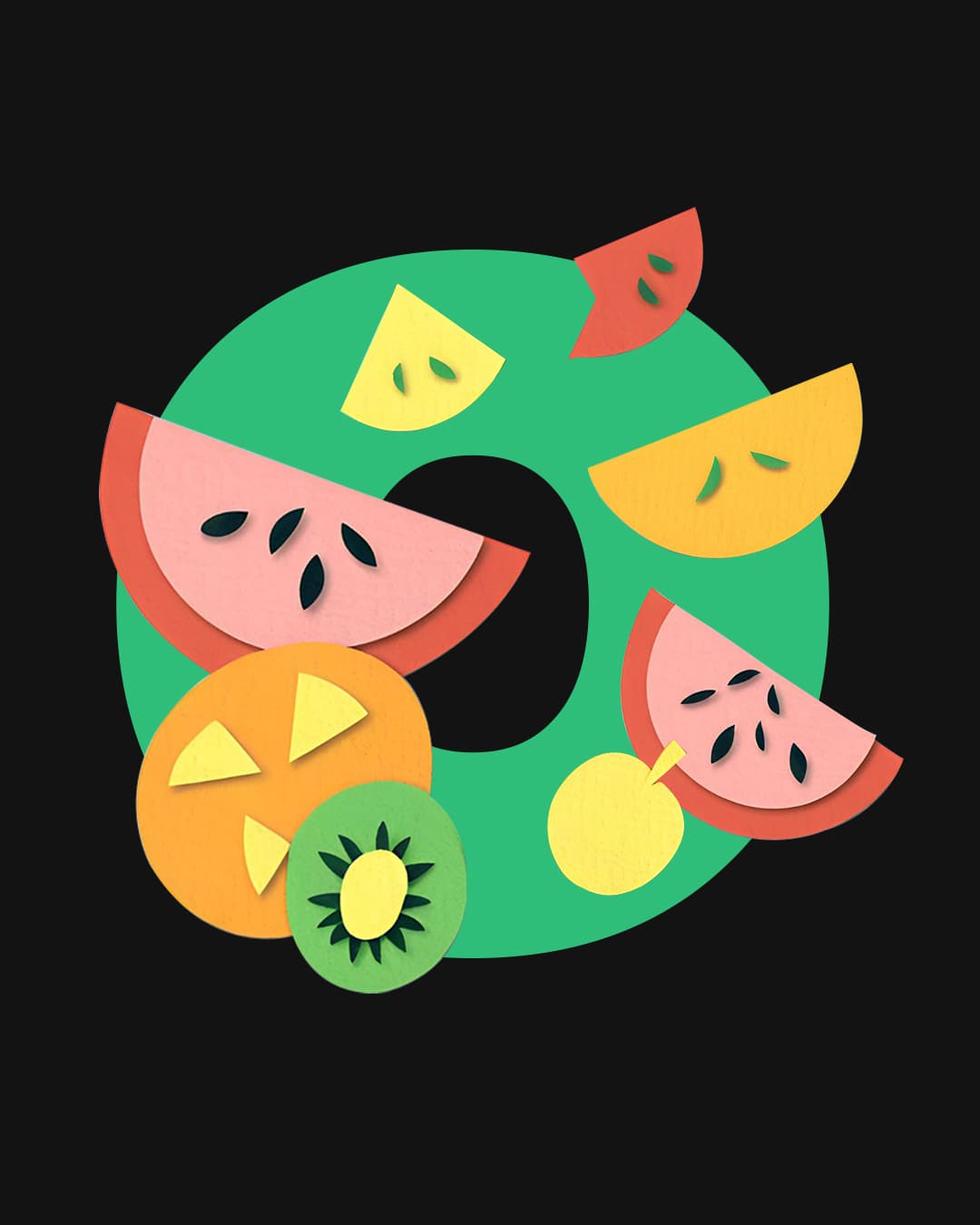RELATIONSHIP, FOOD
Slicing Fruit: A Gesture of Love and Prayer
Southeast Asia

Imagine that you are a student, and this is the time when you face your final exam week. You know that you have a hectic day ahead of you. After multiple tests or presentations, you decide to return home. You run to the kitchen, ready to cook yourself something fast to end your starvation and continue studying again, but as you open the fridge, you see a bowl of freshly cut fruit with a small sticky note on it that says,
“Here is a bowl of fruit for you. Wish you luck with the final exam."
From: Mom
Asian parents are notoriously stigmatized, often portrayed as terrifying figures who stop at nothing to ensure their child excels academically. Imagine growing up in a home where your parents forbid any grade below an A-, considering an A merely average, something you should have achieved from the start.
In Glee Season 3 Episode 3, two Asian characters, Mike and Tina, exemplify this stereotype. When Mike mentions receiving an A-, he decides against attending his singing audition, believing it is not good enough. Tina, however, bluntly refers to it as an 'Asian F,' highlighting the severity of parental expectations. This portrayal in the media reflects the common perception of Asian parents and their strict approach to raising children.
Even then, there is a side to Asian parents who care as well, despite all the negative perceptions attached to them. Reimagine the scenario once more, but this time, consider that your mother continues to work. Throughout the day, you and your mother are largely separated, with her returning home around dinnertime and you heading to school at seven in the morning. This bowl of fruit, then, embodies everything. It’s Mom’s way of conveying, “I understand you’re busy with your responsibilities, but I still want you to prioritize your well-being. Have something nutritious. I love you, I’m proud of you, and I'll see you soon.” Mom’s bowl of cut fruit serves as her method of encouragement. It’s her way of ensuring that the challenges of your day can be instantly softened with a touch of sweetness.
A Saarachaudry video that was posted on TikTok similarly evoked images of parents chopping fruit for their kids. We can observe that she was studying when her father gave her a dish of chopped fruit. Then, 63 thousand people liked it and left roughly 400 comments expressing how much they relate to her.
Cut fruit tastes like love. There are reasons for this. Firstly, it’s about disaster prevention, a concept Asian parents love to obsess over. Fruits like apples, pears, and oranges often play a significant role in Asian culture.
Apples are seen as symbols of peace and harmony. Along with oranges, apples are included in fruit baskets during Tet (Vietnamese New Year) to bring good fortune for the coming year. They are viewed as symbols of health and longevity, and are sometimes given as gifts to wish someone good health.
Pears are often associated with positive meanings like longevity and prosperity. In Indonesia, Vietnam, and Philippines, imported pears are often seen as a symbol of prestige. When they are given, it is often to convey a sense of prestige and to honor the recipient, given their relative rarity.
Oranges, on the other hand, are often given as gifts during the Chinese New Year and are believed to bring good fortune and prosperity in Malaysia. In Filipino culture, oranges are known as Kahel or Dalanghita, and they are often given as gifts during the Christmas season. It is also believed that the round shape of the orange represents unity and completeness, while the bright color symbolizes happiness and joy.
It could be an interpretation that giving a bowl of cut-up fruits is not just love, but for Asian parents, it’s also a prayer.